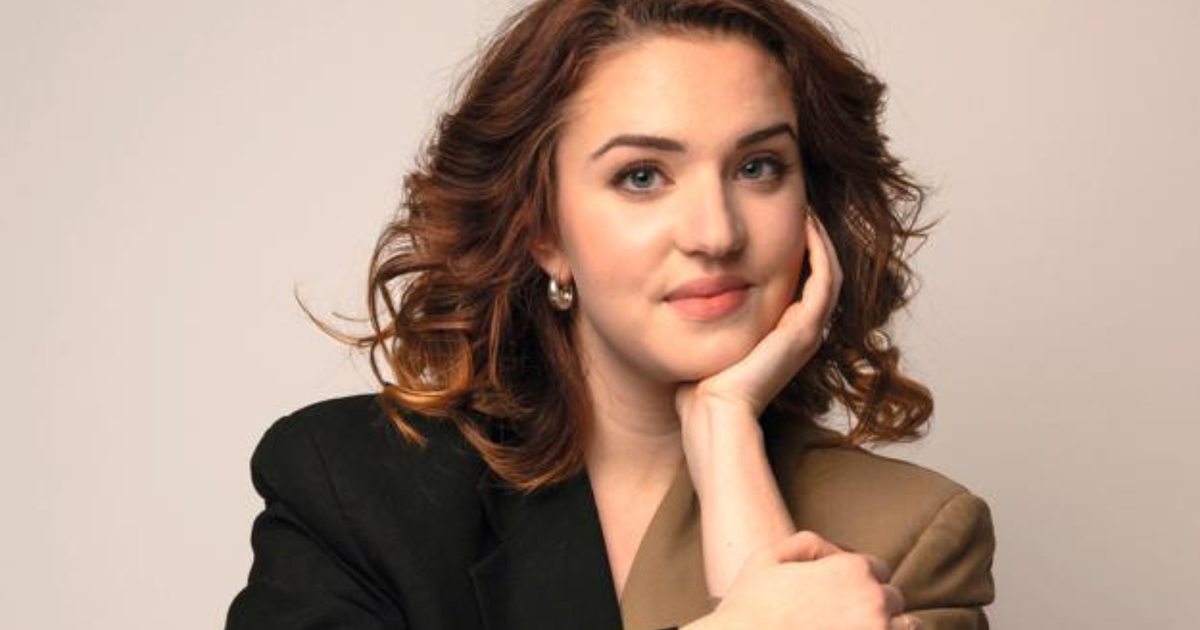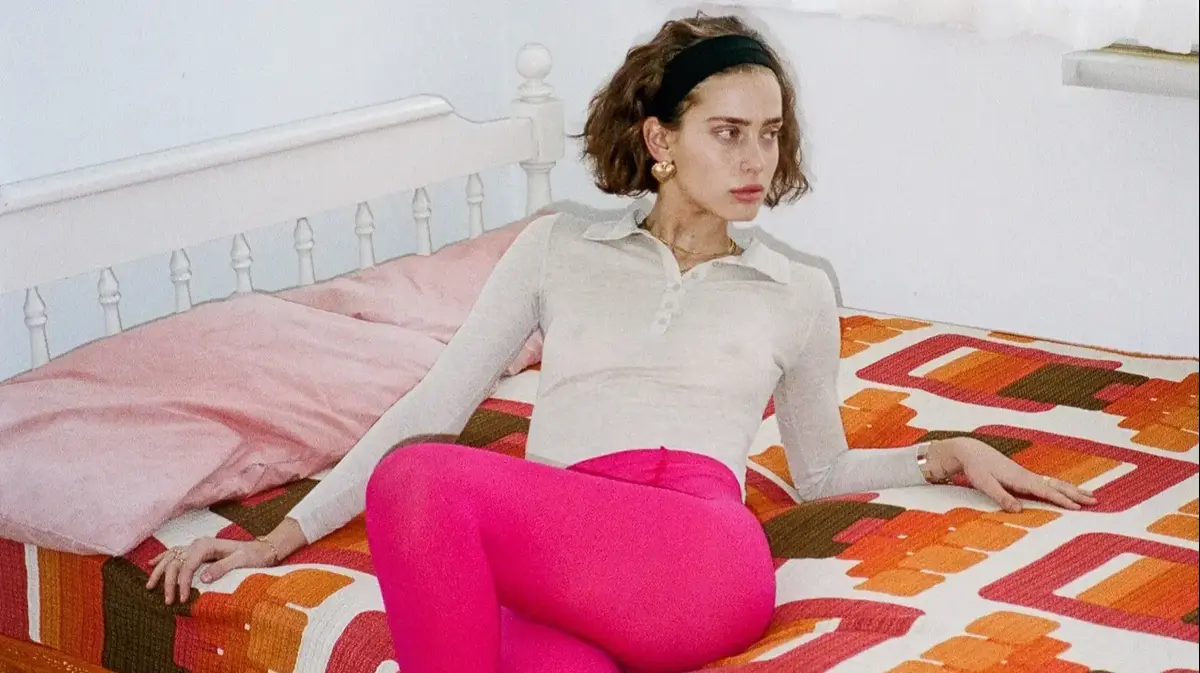Now that your partner does not listen to us (and if you do not have it, with more reason), confess: how many
street
crushes
and passengers have you had since the pandemic began? ... What big eyes that waiter has!
What a look that girl from the subway!
Suddenly, the world is full of clones of Angelina Jolie and Brad Pitt…, only sheltered behind an unsightly mask.
One thing seems to be linked to the other: people with three-quarters of a face covered are more beautiful to us.
Repeat this syllogism: if for some time now you think that people are more beautiful and lately people wear a mask ..., people seem more beautiful because they wear a mask.
This is a truth like a temple, a perception that all of us, with greater or lesser assiduity / intensity, have experienced at some time since we left home in cloaks (ladies and gentlemen who put footnotes to articles: don't deny it to me).
“With a mask, what the mind does is
fill
the gap that it cannot see.
The mind is always filling: we need to make sense of images;
if they don't give it to us, we fill it out.
And when it comes to people's perception, the Gestalt laws come in "
Elena Daprá, spokesperson for the Official College of Psychologists of Madrid
But it is also endorsed by science.
Researchers at the University of Pennsylvania (USA) have asked 500 people to evaluate the attractiveness of a series of congeners in photos with and without a mask.
"The faces covered with surgical masks can be judged as more attractive than those that are not," they have concluded in their study, published this August under the humorous title of
Beauty and the mask.
The document includes some of the photos evaluated;
In the case of a girl, the opinion about her beauty improved 71% when she was shown with a mask.
Elena Daprá, who is a psychologist, says "I attest that it is true", and tells
Icon
that
a patient
(ahem) was blinded the other day by a boy "with blue and green eyes" that were "beautiful";
she thought "wow, how handsome", but when the boy got rid of his muzzle she reconsidered: "Uuuuy ..., I've been confused."
Eyes meet these days like laser fields in museum robbery movies.
Proven that this occurs, it is necessary to analyze why.
The Pennsylvania study is not particularly lavish in suggesting explanations (it focuses on certifying the facts), but it does sketch one nonetheless.
It has been proven that the parameter that we follow to brand a person as beauty or an eyesore is facial symmetry: we consider the most symmetrical faces the most beautiful.
The mask, by hiding possible asymmetries (in the nose, mouth, chin), makes that face seem, so to speak, less
imperfect
than it actually could be.
"The more symmetrical the features, the more attractive we find them," confirms the psychologist Elena Daprá - spokesperson for the Official College of Psychologists of Madrid - who knows a lot about this subject because, in addition, she is a photographer and specialist in
marketing
and image.
“With a mask, what the mind does is
fill in
the gap that it cannot see.
The mind is always filling: we need to make sense of images;
if they don't give it to us, we fill it out.
When it comes to people's perception, the Gestalt laws come in. "
“Non-verbal language linked to the eye area is much more involuntary.
The eyes do not deceive.
Even if we do not see the mouth, if that person is articulating a
Duchenne smile
(the product of a spontaneous and genuine emotion), only by his look will we know that it is an open and frank smile "
Elena Daprá, spokesperson for the Official College of Psychologists of Madrid
Gestalt ("form" in German) is that branch of Psychology that is illustrated with curious optical effects of things that are not but appear to be, and states that human perception is organized: "We do not perceive elements independent of each other, but rather rather interrelated, in mutual connection ”, as described in an article on the website of the University of Barcelona.
One of its laws is that of
good shape:
"When we tend to fill in, the mind attributes the best possible shape to that perception," says Elena Daprá.
Before a masked person, we
fill in
what we don't see with cool noses, mouths and chins that make us want to look at them twice.
"If I see a boy with blue and green eyes, I am going to imagine beautiful teeth, fleshy lips, symmetrical and adequate pomules, the exact same chin ...", adds the psychologist.
It is the same as with bodies;
It is often said that a half-dressed person is more suggestive than a naked one.
"I can't see the covered body and what I'm doing is filling it in," says Daprá.
Professor Bence Nanay, from the Universities of Antwerp and Cambridge, has associated this phenomenon with the concept of
modal termination,
a mechanism that is rapidly activated in the visual cortex when we contemplate an incomplete image.
As he explains in an article, in front of a stranger wearing a mask, the brain “uses generic information about how the regions of the nose and mouth tend to look.
While you have never seen the nose and mouth of this specific person sitting across from you on the train, you have seen many noses and mouths.
Your visual system uses that generic information to complete the occluded facial region.
It averages the faces it has seen and generates an image based on this averaged information.
That is to say: we attribute some features in which a pleasant restraint prevails.
We cannot put aside the idea that masked faces only reveal the eyes, which, regardless of whether they are pretty or ugly, have a brutal expressive power.
"From the nose down we can control non-verbal language much more," says Daprá.
“Non-verbal language linked to the eye area is much more involuntary.
The eyes do not deceive.
Even if we do not see the mouth, if that person is articulating a
Duchenne smile
(the product of a spontaneous and genuine emotion), only by his look will we know that it is an open and frank smile ”.
If the eyes are the mirror of the soul, the mask does not cover it.
You can follow ICON on Facebook, Twitter, Instagram, or subscribe here to the Newsletter.





/cloudfront-eu-central-1.images.arcpublishing.com/prisa/TTTBVDACF5GRFLA3Y4DZEXTDMA.jpg)








